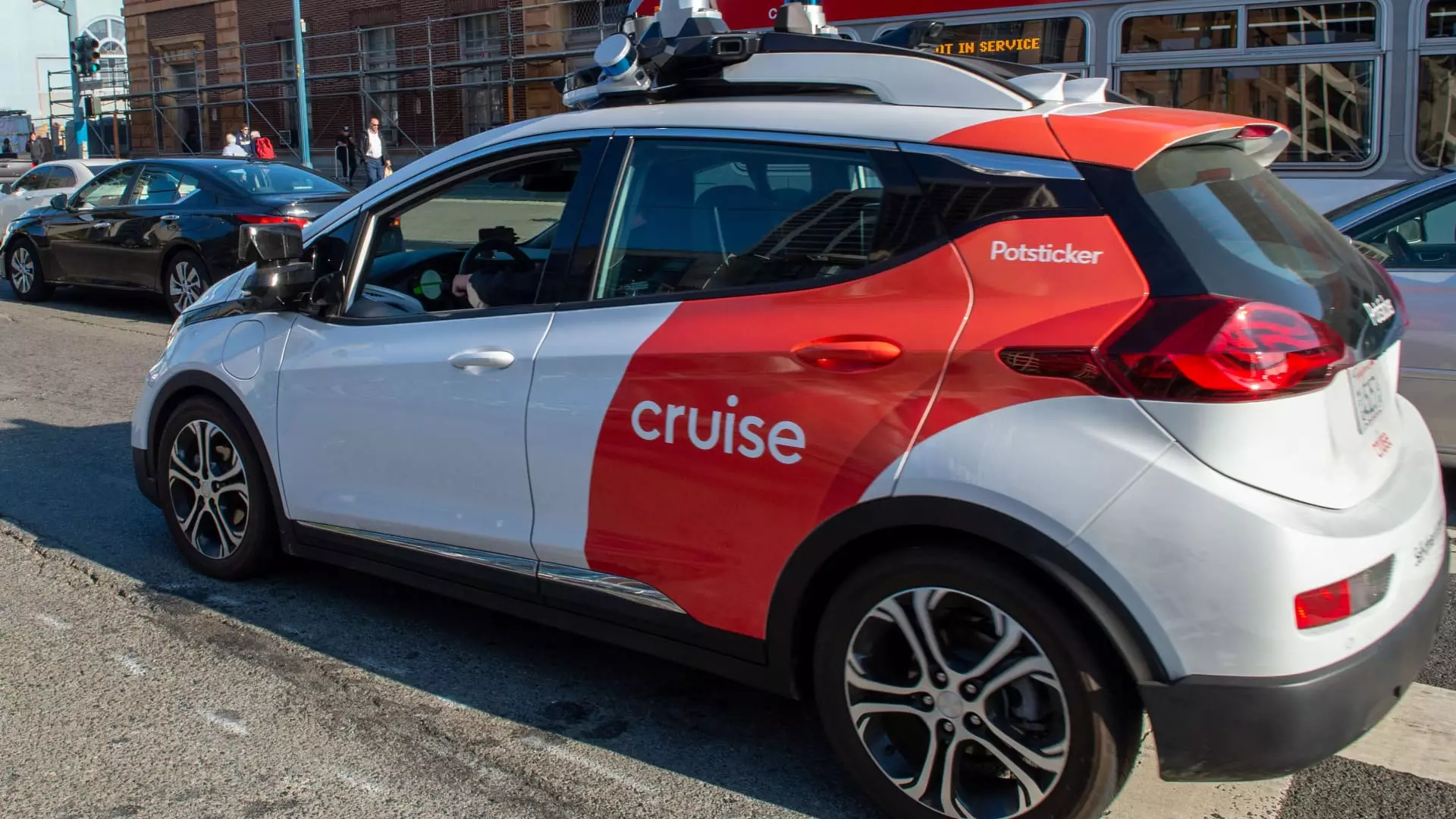In a significant blow to its Cruise robotaxi business, General Motors (GM) has announced layoffs affecting approximately half of the workforce at the once-promising venture. This drastic move comes on the heels of GM’s decision to cease funding for Cruise, a business that has required more than $10 billion since its 2016 acquisition. While major technological advancements in autonomous driving continue to captivate the imagination of industry enthusiasts and potential users, the harsh realities of regulatory complexities and operational viability have led one of the sector’s leaders to reevaluate its direction.
The decision to lay off nearly half of Cruise’s staff, which amounted to around 2,300 employees by the end of last year, signifies a stark shift in operational priorities. Cruise leadership communicated the troubling news through an internal email, emphasizing that the workforce reduction aligns with a new strategic focus following an initial announcement made in December. The previous vision of competing in the ride-hailing sector is now replaced by an ambition to supply autonomous vehicles made in conjunction with GM, which may serve to realign resources in a manner that reflects their changing business model.
The layoffs come at a moment when GM restructured Cruise as a wholly-owned subsidiary. This transition also raises questions about organizational culture and employee morale amidst uncertainty. In a statement, GM expressed gratitude for the dedication of its employees while offering severance packages and career support as they depart. However, the emotional toll on remaining employees cannot be underestimated. The uncertainty that such significant layoffs introduce can foster a climate of instability that hinders motivation and productivity.
Along with the layoffs, notable departures from Cruise’s executive team were detailed in the internal communication. Key figures, including CEO Marc Whitten and chief human resources officer Nilka Thomas, are among those leaving the company as GM recalibrates its strategy. The retention of Mo Elshenawy, who will assist in transitional duties until the end of April, appears intentional — a stabilizing force amidst a chaotic shift.
Given that executive leadership fundamentally shapes corporate culture, the recent upheaval can raise red flags regarding decision-making processes and strategic direction. When a company experiences such extensive leadership changes and staff reductions, it often becomes vulnerable to not only operational inconsistency but also issues related to corporate identity. Employees left behind may be haunted by the specter of further layoffs or shifts in priorities, which could lead to increased turnover or disengagement.
The backdrop for this shift is laden with challenges, particularly marked by a highly publicized incident in October 2023, which raised serious questions about Cruise’s safety protocols and regulatory compliance. External investigations unveiled that the company had potentially misled regulatory bodies regarding an accident in which a pedestrian was severely injured. In the wake of these revelations, regulatory scrutiny intensified, potentially hampering Cruise’s operations and market confidence.
A spillover effect is palpable; when companies in such cutting-edge sectors as autonomous driving grapple with credibility and compliance issues, their performance can be severely impacted. The market perception of self-driving technology, paired with consumer safety concerns, adds layers of complexity to the already arduous journey toward widespread acceptance.
GM’s pivot from robotaxis to personal autonomous vehicles reflects a broader industry recognition of the challenges inherent in launching scalable autonomous solutions. By significantly reducing personnel at Cruise, GM appears to be crafting a more sustainable, albeit less idyllic, vision for the future of autonomous transport.
As the landscape evolves, so too must the strategies that govern it—whether that involves rethinking team structures, refocusing product lines, or fostering a culture that embraces innovation while remaining compliant. The road ahead may be fraught with challenges, but it is in this crucible of transformation that the foundations for future successes in the autonomous driving domain might very well be laid. The industry watches closely, keen to see how GM’s journey unfolds and what it means for the future of mobility.


Leave a Reply